|
This blog post is part 2 of my recent travels around Italy. You can read the first part 'Food & Wine in Napoli & Pompei' here. But for now, let's start with the second half of my tour... I take the train from Pompei to Salerno and change for the regional train heading south. Maria Sarnataro picks me up at the station at Vallo di Lucania. We arrive at her home just in time for dinner. She has a surprise for me, a manteca. It’s butter encased in caciocavallo cheese and it has a story. The people of Basilicata who take their Podolica breed of cattle to alpine pastures for the summer make caciocavallo which they mature until they descend to the valleys in autumn where they sell it. They make ricotta from the whey, but there’s too much for them to consume fresh. It can’t be kept for more than a few days and there's nowhere to sell it. So, by an ingenious and complex process of draining, heating and cooling, they extract the butterfat from the ricotta. To conserve the butter without refrigeration they encase it in a thin layer of caciocavallo curd. Piero, Maria’s husband, is an agronomist. Part payment for his consultancy with these people was this manteca. There are so many mozzarella dairies in Salerno Province that you could spend several weeks visiting all of them. There are two that I’ve heard excellent reports of and haven’t managed to visit: Barlotti and Vannulo. Vannulo is organic, only sells from their own shop at the dairy and often comes at the top on lists of the 10 best mozzarellas. Maria has booked lunch there. On the way we stop at Barlotti where she introduces me to brothers Enzo and Gaetano Barlotti. We eagerly accept Enzo’s invitation to bring the participants on our mozzarella courses for a tasting. You taste so much bad mozzarella everywhere else that we need to educate our palates while here. He presents us with samples of his bocconcini, ricotta and a new brie-style cheese, all made with the milk of their own buffalo herd. The mozzarella and ricotta are among the best I’ve tasted. The ‘brie’ is a little bitter and needs some work, but it’s exciting that they’re experimenting with new cheeses. Many of the mozzarella dairies offer tastings in beautiful settings and some have a dining room where you can sit down to a multi-course lunch. Vannulo has perfected the tourist experience, which as you probably know by now, puts me right off. Maria is a friend of the owners, but they don’t welcome us when we arrive, and are nowhere to be seen. Maria tells me that it used to be different, but now it’s all hired staff, who display not an ounce (not even a gram) of passion for their products. Our vegetable salad from their organic garden is good, the mozzarella not outstanding. They’ve installed a leather workshop which sells their own handbags, etc, but they take no interest in us visitors. The museum of agricultural implements is marginally interesting, but I’ve been to better ones. If you come on the mozzarella course, you won’t be visiting Vannulo on our tasting afternoon. Francesca Fiasco’s vineyard at Felitto couldn’t be further from a tourist experience. The only sign on the road is Francesca herself waiting to show Maria and me her vineyards and cantina (cellar). She exudes passion and authenticity and does virtually all the work herself right down to designing the labels. She cultivates autochthonous varieties such as fiano, aglianico and piedirosso (the one I saw at Pompei) as well as varieties such as sangiovese and merlot, which arrived in the area so long ago that they are included in the DOC. She produced her first wine in 2016 and is already being recognised by wine critics. She gave me a case of wine with a handwritten label. Sadly, I couldn’t carry it back to Lucca on the train. I know Maria will make good use of it. She not only teaches cheese courses, but also sommelier courses. Just so you know my trip isn’t all hard work eating and drinking, this morning Maria takes me to her favourite secluded beach, fairly free of tourists (especially in these times of Covid-19). You have to go a long way to find gelato as good as Mirko Tognetti's of the Cremeria Opera at Lucca. Here I am at Sapri in southern Campania enjoying Enzo Crivella’s latest creation which he’s describing animatedly. They sound an unlikely combination, but it works. Try it! You have to make a perfectly balanced bread gelato. Maybe best to come on Mirko’s and my gelato course first! 😃
That marks the end of my tour. I'd love to welcome you onto one of our tours or courses soon. Take a look at our website to find out dates and details and get in touch with me to book your spot. I look forward to seeing you!
0 Comments
Since we’re free to travel around Italy again and there are relatively few tourists, I decided to try out public transport and Pompei. I’ve never visited before. Even though I worked for 10 years as an archaeologist, I studied the neolithic, prehistory, not that modern Roman stuff with written records. Now that I live and walk among Roman remains, I’ve totally changed my attitude. I drive over the mountain to Pescia (home of Tommaso who teaches the wine-dyeing workshop during my Tastes & Textiles: Wine to Dye For tour). I park in the free car park at the station and board the train to Florence, from where I’ll change for the high-speed train to Napoli. The number of new and existing cases of Covid-19 is very low in Italy. Both Trenitalia and its rival Italo (pronounced eat-a-law) are trying hard to sanitise and respect social distancing. In the trains all the passengers are wearing masks and using the hand sanitiser installed at every door. Nevertheless, during lockdown we were trained to be very cautious, and even if the risk is very low, I admit I would have felt safer in my own car or a hire car or van with a driver I trust, like I use for my tours. Arriving at Napoli, my collaborator on my cheese courses is waiting to welcome me. Maria Sarnataro was born in Napoli and has booked me into Palazzo d'Auria, a beautiful B&B right in the middle of the historic centre. I’m relieved to have her by my side. It’s my first visit to the city and there are so many rumours about it being dangerous. In fact, I soon realise it’s no more dangerous than any large city, London, Paris, Milan or Rome. And the people are so welcoming! And here is my spacious apartment... When Maria and I are together, food is always uppermost in our minds. After checking into the B&B, Maria conducts me immediately to sample the famous sfogliata (more properly called sfogliatella) of Napoli in one of its most famous pastry shop. She explains there are two types. Both are filled with pastry cream containing ricotta and crystallised fruit, but riccia is a crispy puff pastry and frolla is more like a cake. Of course we have to try both! We’ve only gone a few steps from our sfogliata tasting at Scaturchio when Maria turns into another bakery, this one famous for its taralli. If you’re thinking taralli from Puglia, forget it. Apart from the shape, the taralli of Napoli are a different thing entirely, and in my opinion, are in a completely different class. Next time you’re in Napoli, arrive with a good appetite and head straight for Leopoldo! Enough food for the body. Now I want some food for the mind. I go to the National Archaeological Museum to check out the artefacts discovered during excavations at Pompei. Of course I’m drawn to those related to food production and eating. Then there's this interesting pan. I asked our Facebook followers if they had an idea what it could be used for. We had a few suggestions: snails or donuts! Dinner had to be the true Neapolitan pizza at Pizzeria Sorbillo - Centro Storico, only a few steps from my B&B. The menu of pizzas was long and creative, but in the end I chose a simple margherita with mozzarella di bufala DOP and a bottle of craft beer to wash it down. (Be sure to book in advance. Outside there was a crowd of people waiting to get a table.) You must book your ticket for the Pompei archaeological site in advance online. Now a tip for those of you who want to take the train from Napoli to Pompei. There are two services: the normal Trenitalia service and something called Circumvesuviana. Both depart from Napoli Piazza Garibaldi but they stop at different places in Pompei. Since I wanted to enter at Piazza Anfiteatro, I chose the normal Trenitalia service, for which I could also buy a ticket online. The Circumvesuviana requires you to buy the ticket from a nearby newsagent or a ticket machine at the station, and I didn’t want the stress of arriving early to buy a ticket. Maria said I’d made the right choice. To save you wondering, as I did, why Napoli Centrale and Napoli Piazza Garibaldi are at the same place on Google maps, they ARE in the same place except that the latter is beneath the former; to get to it you descend an escalator from inside the main station. Google can’t yet display 3D. I got off the train at Pompei and walked 10 minutes to the entrance to the archaeological site. Here’s a preview of what you'll see. For what is probably my only visit to Pompei, I had decided to splurge and hire a private guide. I lucked out with Francesco Tufano. He’s an archaeologist and could answer all my questions and more. I asked him to concentrate on food and food production, but I'm glad he couldn’t bear to omit many of the other interesting facts and features. Starting with Roman wine, archaeologists discovered exactly where and how far apart the vines were planted by pouring plaster into the holes left in the soil by the roots when the site was covered by volcanic ash. From that evidence they have planted a new vineyard with an old variety of grapes and are cultivating it according to methods found in Roman sources. I should have bought a bottle of the wine, but I didn’t have time. That’s the trouble with fast travel. Plan to spend a whole day! More about food and dining at Pompei. Francesco explained that Romans of that period (Vesuvius erupted in 79 AD) ate breakfast at home but lunched out. The photo below shows the breakfast room in a domus, the city home of a well-to-do citizen. The ‘steps’ at the back were a waterfall, and at the front are Carrara marble benches on which the people reclined while eating. There was a pool in the centre. This house was equipped with its own oven, but many people bought bread from a bakery. Lunch Pompei style! We walk along the pavement (sidewalk) of the main street paved with flat slabs of stone, uncharacteristically empty of tourists. Being thirsty, we stop for a drink at one of the Roman fountains. This lunch place reminds me of tavernas in Greece in the late ‘60s (maybe today too, but I haven’t been back) where, instead of a menu, the dishes were on display. The pots in holes in the counter kept food either hot or cold. You chose what you wanted and went to the dining room at the back to eat it. A little way down the street, after the phallic symbol pointing to the brothel on the right (prostitution was legal), we come to a bakery on the left. Further along are the baths. Men and women weren't allowed in at the same time and entered and exited by different gates. A parting photo from Pompei. The statue isn't antique. It's modern. I'll leave you to look it up on Google.
I’m headed further south to the National Park of Cilento to stay with Maria, my collaborator on my cheese courses who showed me around Napoli when I arrived. We'll post another blog next week featuring my three days of mozzarella, wine and other good food! If you'd like to join us to explore Italy during one of our many tours or courses, please visit our website and drop me an email to find out more! I feel vaguely uncomfortable every time I hear the phrases ‘healthy eating’ and ‘balanced diet’. It’s not that I disapprove of eating healthily or balancing my diet, it’s just that I’m not sure we can ever know what these terms mean. A recent article in The Guardian newspaper by Joanna Blythman highlighted the problem. Click here to read the whole article. It’s worth browsing a sample of the 1,374 comments too. What tempted me to add my voice to the throng is that I think there’s something much more fundamental wrong with what we’re told. I once took part in a UK medical research project aimed at discovering links between diet and women’s health. Every so often they asked me to fill in an online form giving details about what I’d eaten the day before. The designers of the project and the form clearly didn’t have me in mind. For example, in the section asking how many slices of bread I ate, they asked whether it was white or wholemeal, but there was nowhere to say I’d baked it myself using stoneground, organic wholewheat flour I’d bought from the miller. Nor to state it didn’t contain any flour improvers and was made by a long-rise sourdough method. Although I believe it’s healthier than mass-produced bread, do I know for sure? No, and this study wasn’t going to reveal the answer. Another major problem with all dietary research based on surveys is that people lie. Do you want the researchers, or even yourself, to know that you ate three Kit Kats and drank a whole bottle of wine yesterday? And what about the problem of the long-term effects of particular substances? In the laboratory biologists can test the effect on animals of chemicals occurring in food, either naturally or as additives during cultivation or processing. But as far as I know it’s difficult, maybe impossible, to test the effect of ingesting that substance for 20 or 50 years.
The last of my doubts about dietary advice stems from genetics. We’re all different. One person might live to 100 eating nothing but red meat and fat, whereas another dies of a heart attack at the age of 52. Was it their diet or their DNA? Many years ago when asked on her 120th birthday to what she attributed her longevity, the oldest woman in France replied it was giving up smoking when she was 118. On my tours you eat unprocessed food, much of it straight from the artisan producer. In my opinion it tastes much better than industrial food, but I can’t claim it makes you healthy. Next chance to taste for yourself is the Cheese, Bread & Honey tour in June (http://www.sapori-e-saperi.com/component/content/article/2-small-group-tours/56-cheese-bread-a-honey). Participants on our Advanced Salumi Course taste a vast array of salami, prosciutto, capocollo, soppressata and other cured pork delicacies, some not so delicate. For dinner they get to try other typical dishes of the areas where the course takes place. On our first night we’re in Versilia, the northern coast of Tuscany. Gabriella Lazzarini, one of my cooking teachers and a skilled chef, lives here near Viareggio and invites us to her home for a seafood meal, which is one of the highlights of the course. Not only is it special eating in a private home, but Gabriella’s repertoire of local recipes is exceptional. She buys fish from the small family fishing boats called pescherecci that bring their catches to the molo (quai) in Viareggio. They fish off the rocks close to the coast, and the fish look strange to people who are used to seeing branzino (sea bass), orata (gilt-head bream), tuna and other large, usually farmed or endangered species served in most of the seafood restaurants here. You don’t have to enrol in the salumi course to eat at Gabriella’s home. All Sapori e Saperi Adventure’s guests can choose a meal with her as one of their activities. The other unique dining experience is on Saturday night after we’ve moved east over the Alpi Apuane to Castelnuovo di Garfagnana. We go to the Osteria Il Vecchio Mulino where our host is Andrea Bertucci, who is known affectionately as ‘Andreone’, which means ‘big Andrea’. You can see that the love of his life is food. But Andrea doesn’t cook; in fact, his osteria doesn’t even have a kitchen. Andrea is a food collector. He finds the best products in the Garfagnana, and sometimes further afield, which he serves as a tasting menu. The nearest analogy is a tapas bar, but his place is more like a hybrid of a corner grocery, wine bar and a cheese and salami maturing cellar. Since the menu depends on his latest finds, there are always surprises. In his tiny oven, not a microwave, he heats crostini and savoury tarts. There’s usually a salumi board, but I suspect we’ll be salumied-out on the course and ask him for alternatives. On a two-burner electric hot plate he warms up local specialities prepared by his mother or friends. This time it’s polenta formenton otto-file, an heirloom variety of corn, with roe deer ragù. Every time we thank Andrea and say we must leave, he produces another goodie: cinta senese salami, cured roe deer loin, fruit salad he made that very day, 15 February, which is San Faustino’s Day, the patron saint of singles. I’ve checked on Google and it’s true!
I’m about to embark on a three-month wine sommelier course at Lucca. It’s not that I want to become a wine expert, but I want to move from knowing what I like to understanding why I like it. My education in wine began with a husband who was buying fine wines at auction when we were so poor that I was scouring the Cambridge market to save a ha’penny on potatoes. At least I got to drink some superb wines, but it also made me lazy. I didn’t have to decide which wine to buy or which to serve with which food. Since I started living near Lucca and organising my gastronomic tours eight years ago, I’ve learned a lot more. I accompany my clients on vineyard tours and drink a glass of wine, as Italians do, with most meals, which has made me more conscious of the effect wine and food have on each other. The wines range from humble family wines to exalted Brunellos and Barolos and from sparkling to sweet passitos. It’s been an exciting time for Italian wines. Winemakers have really started pulling up their socks and producing much higher quality wines. And I’ve observed the number of biodynamic vineyards in this area grow from one to five, with more on the way. Still, my knowledge is patchy — a jigsaw puzzle in progress. You know how easy it is to complete the frame, but inside there are all those islands of pieces that remain stubbornly disconnected. This is my effort to fill in the gaps, and I hope I’ll be able to give you a few tips too.
Since you seem to have to make a humiliating public confession to get noticed these days, I confess I’m a wine ignoramus. For someone who leads food and wine tours in Italy, I’m like a bird without its wings. It’s not that I can’t taste the difference between wines, but I can never remember which flavours and aromas go with which grapes or which wines are produced in which regions, let alone the characteristics of individual vineyards. Asked whether a particular wine smells and tastes more like black currants or ripe plums, I really can’t say. Does it have a hint of spice? I’m not sure.
Hoping it’s not to late to learn, I went yesterday to the 10th annual Anteprima Vini della Costa Toscana (Preview of Wines of the Tuscan Coast) in Lucca. This year 103 winemakers presented one wine each from the 2010 harvest. I took my friend Sam Gallacher, who had been president of the Peterhouse Wine Society at Cambridge, and together we launched bravely in at the south with Morellino di Scansano from the province of Grosseto and worked our way northward through the Bolgheris of Livorno (Sassacaia and Ornellaia conspicuous by their absence) to Lucca and Massa without a stop except to exchange views: bitter, thin, no nose, fruity, no character, full-bodied, strawberries, sour, meaty, burnt toast. Burnt toast? Must be a different kind of bread from the one I burn every morning. The sight of Pisa looming ahead was too much for us. We needed a break. On the principle that a change is as good as a rest we headed to the enormous hall where the same vineyards were presenting their ready-to-drink vintages to the public. I made a beeline to Fattoria La Torre (Montecarlo) to taste their 2006 Esse made of 100% Syrah grapes. Next to the 2010 on the anteprima list I’d written ‘juicy blackberries’ (although I still wasn’t sure I didn’t mean black currants). What a disappointment to find the more mature vintage didn’t taste anything like the young one. To cheer myself up I tried their Saltair, a blend of Viognier and Vermentino, which I was relieved to find tasted just as good as I remembered, but I was too exhausted to think what it resembled other than ‘wine I like’. After a quick collapse in some stylish garden furniture that a hopeful manufacturer was showing to make your private wine tastings on the patio more enjoyable, we faced up to Pisa. It was nearly closing time and the male sommeliers who were supposed pour the wines we wanted to taste had sloped off, leaving a cheerful and still energetic female sommelier from Pisa to help us. After a curious wine called Merla della Miniera (Blackbird of the Mine) made of 100% Canaiolo Nero grapes that seemed a bit like rotting meat to me and a biodynamic wine called Duemani (Two Hands) that tasted dusty, I decided my palette was hallucinating and gave up. I’d spit out more wine in three hours than I’d drunk in a year and a half. I’d discovered a new sweet red called Aleatico from Fattoria di Fubbiano (Colline Lucchesi), which I could imagine myself serving in place of vin santo, most of which I find too raisiny. I’d confirmed my previous tentative liking for the wines of the vineyards of Sardi-Giustiniani and Fabbrica di San Martino (both Colline Lucchesi). But could I now describe what the Sangiovese grape smells or tastes like? Not really. Oh, and I was concentrating so much on tasting that I forgot to take any photos. All suggestions for a programme of improvement will be seriously considered (but no time for a sommelier course). |
Email Subscription
Click to subscribe to this blog and receive notifications of new posts by email. AuthorErica Jarman Categories
All
Archives
October 2023
|
|
copyright 2017 sapori-e-saperi.com | all rights reserved
|
Website by Reata Strickland Design

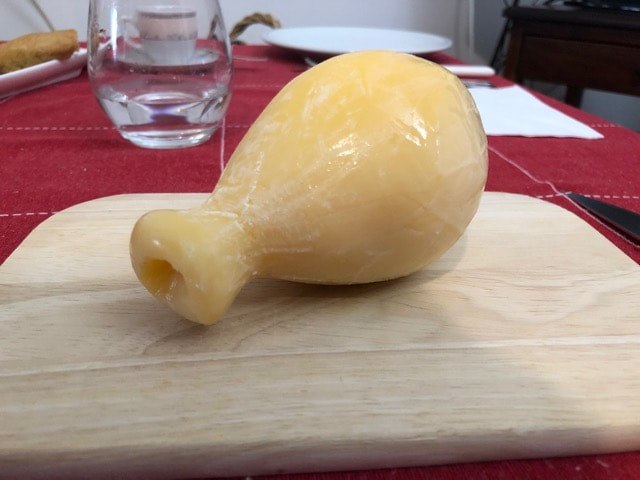
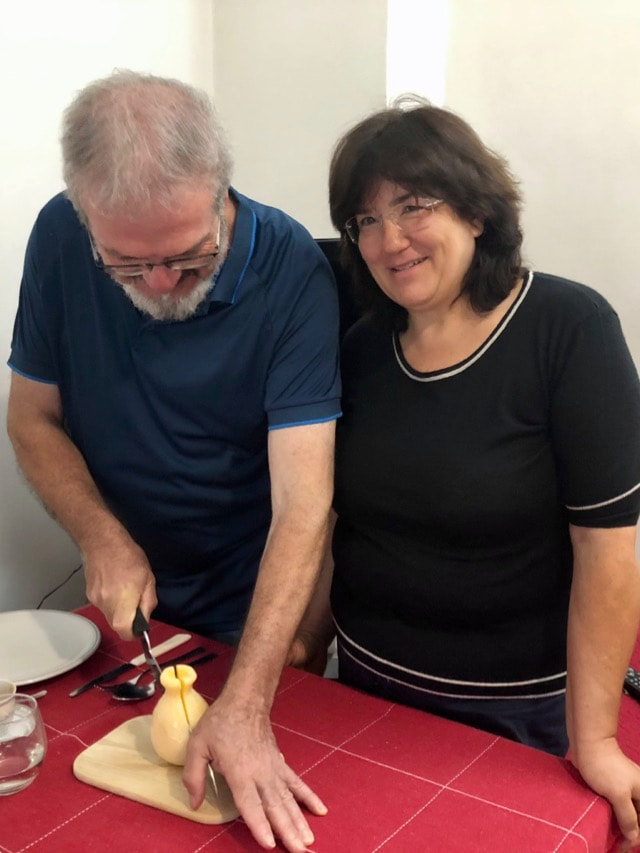
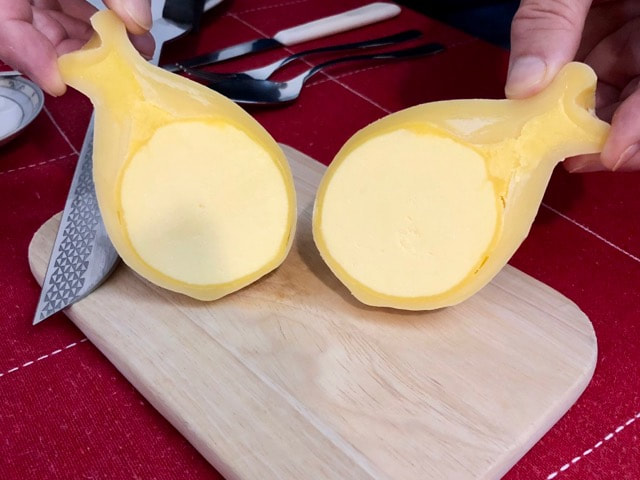
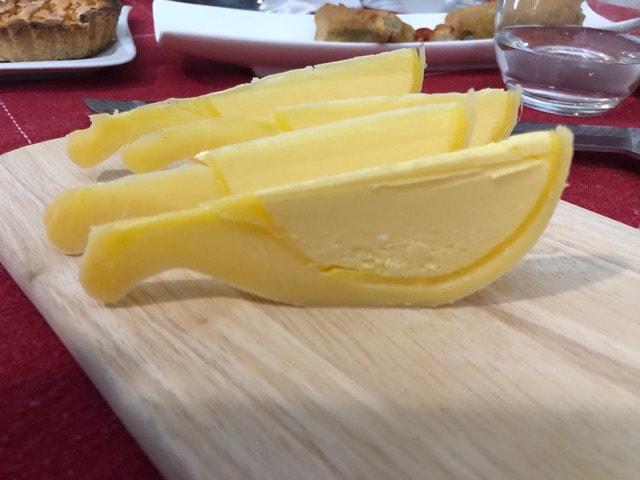
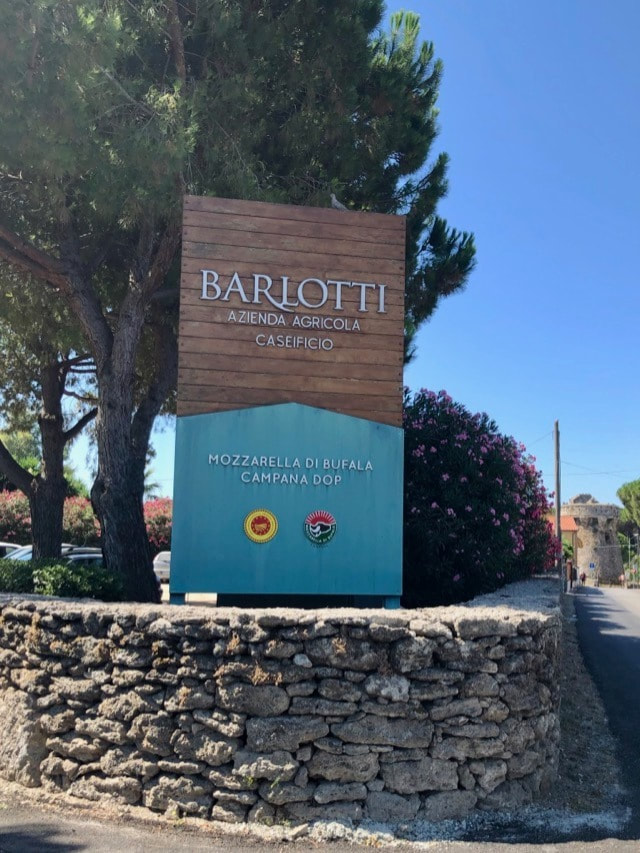
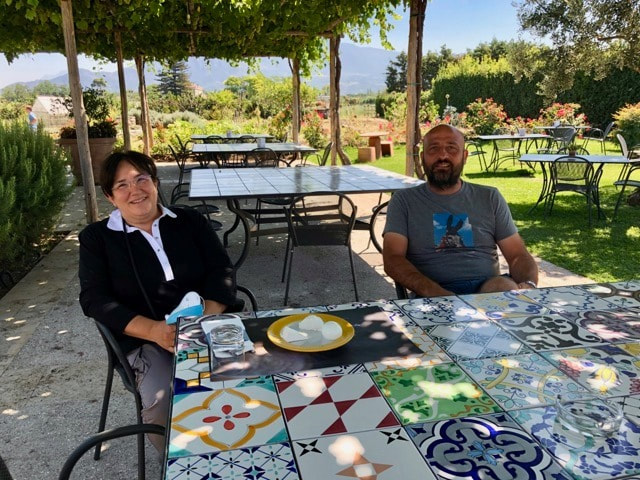
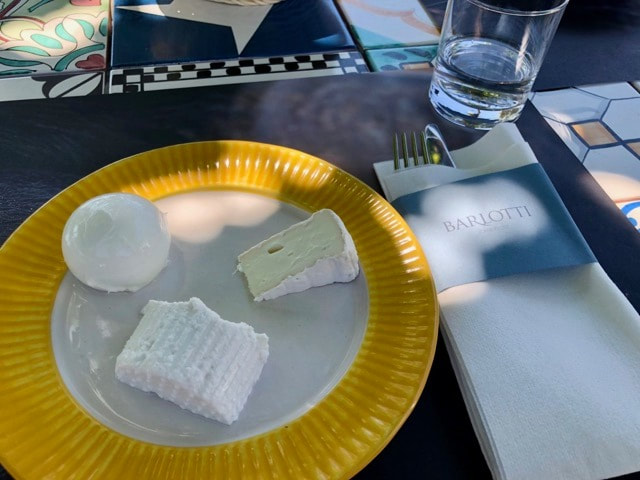
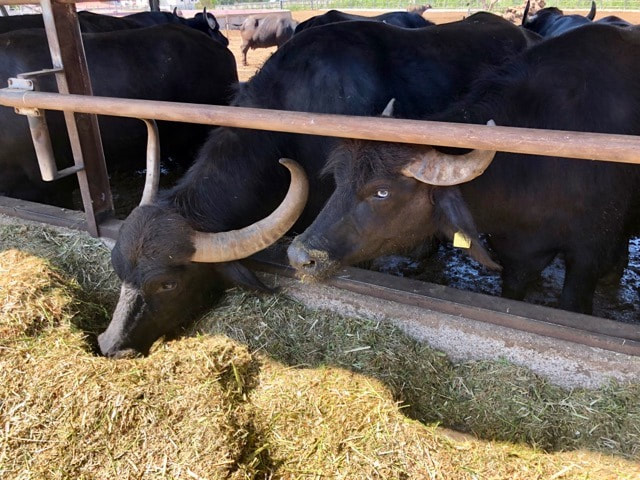
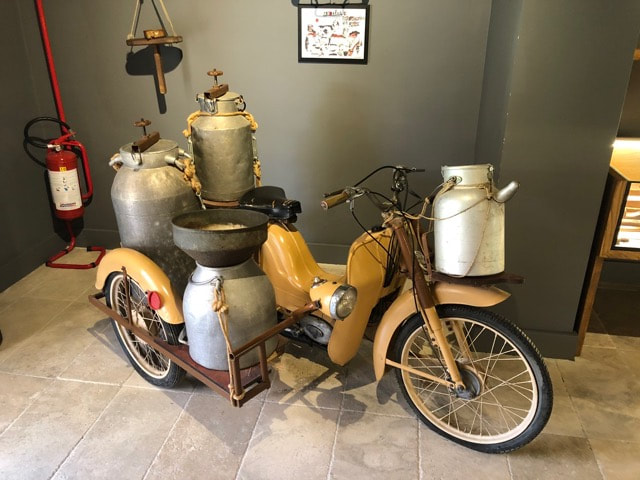
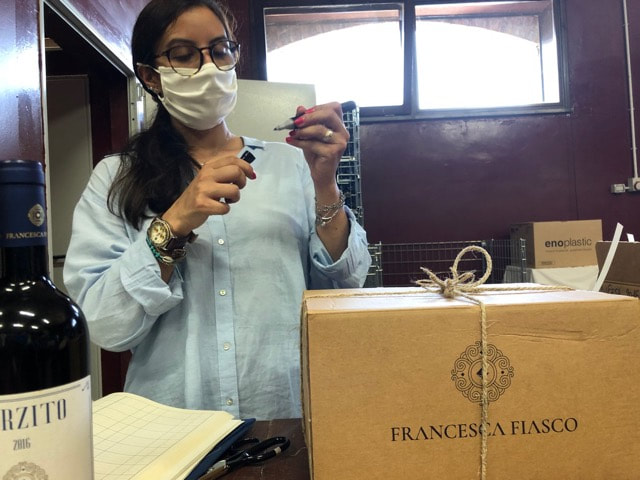
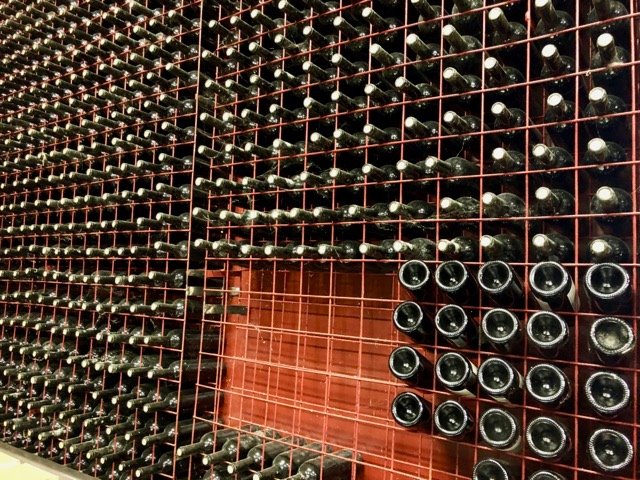
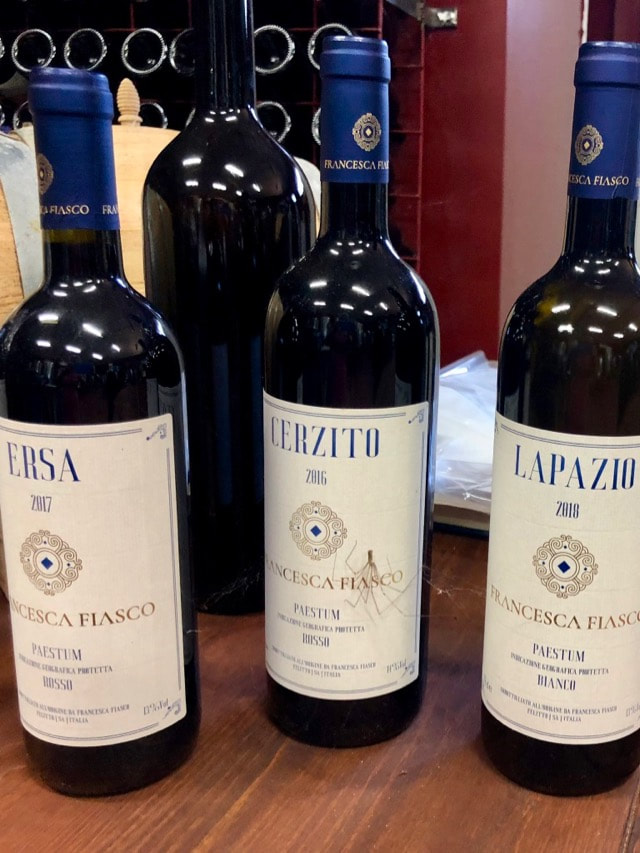
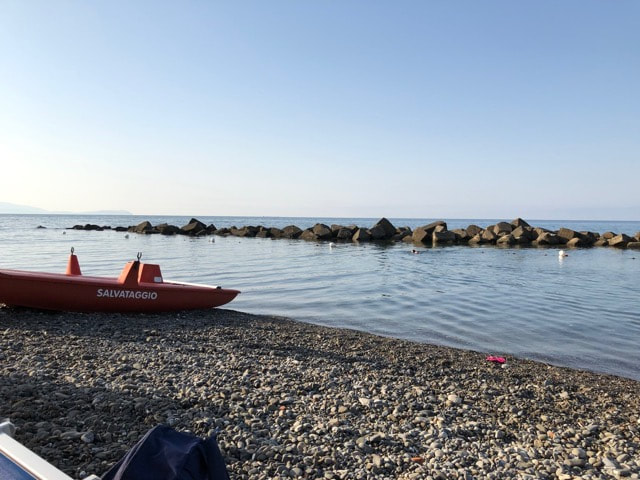
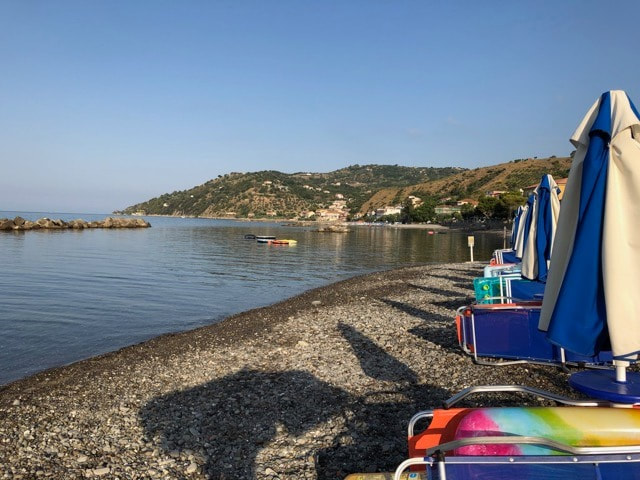
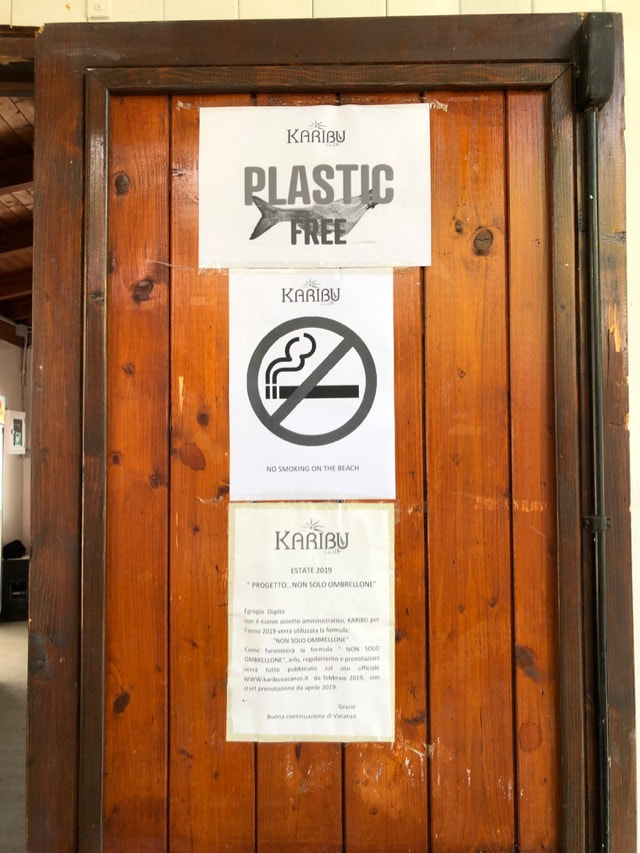
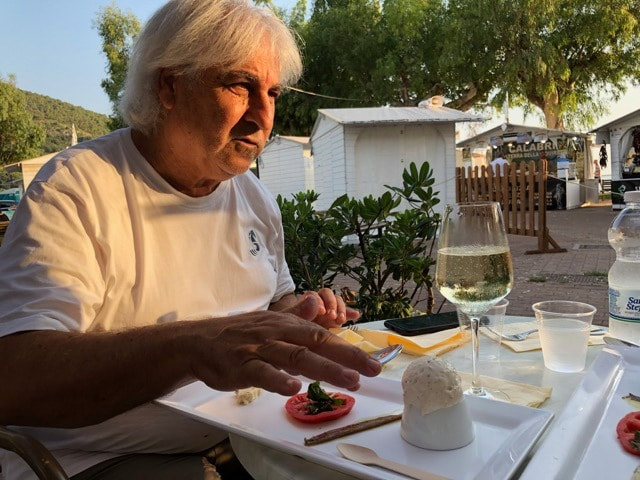
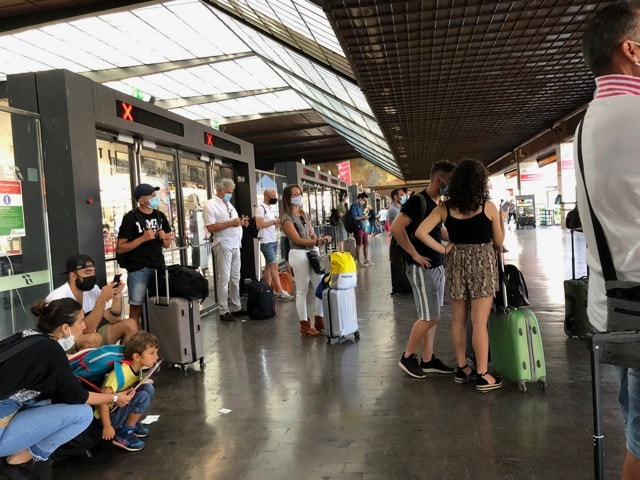

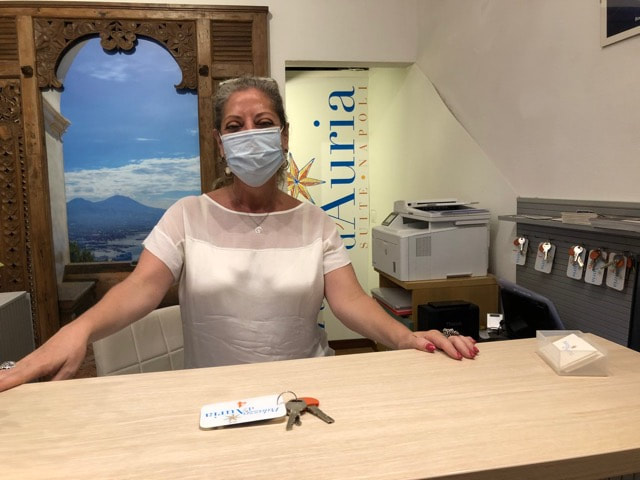
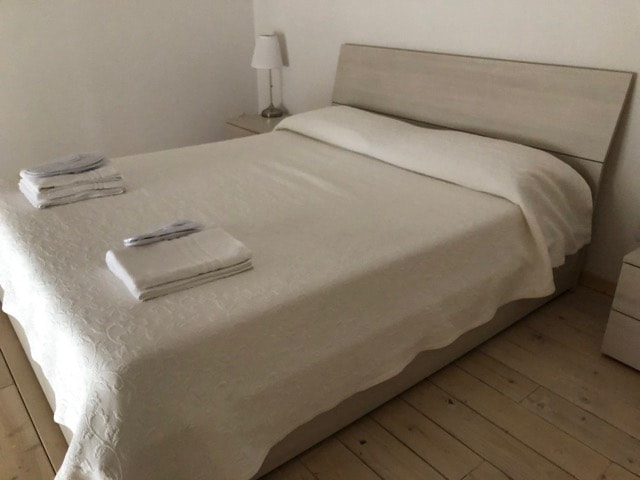
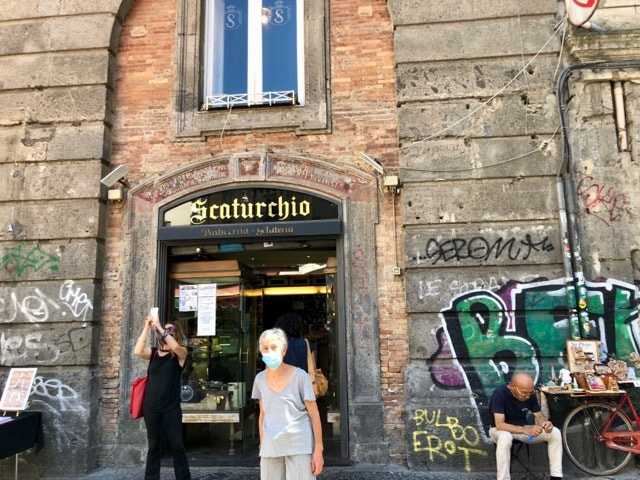
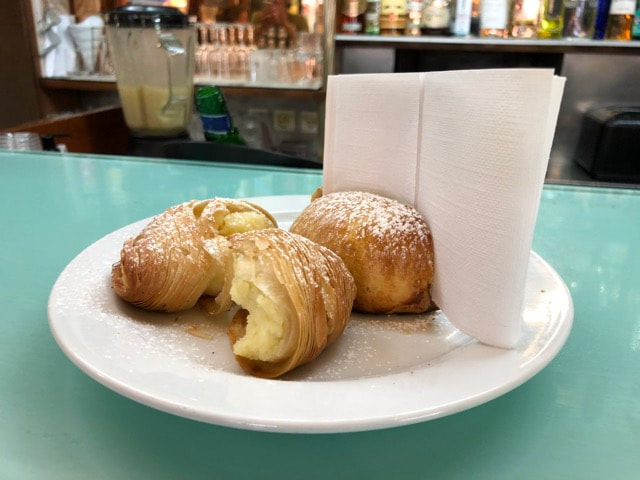
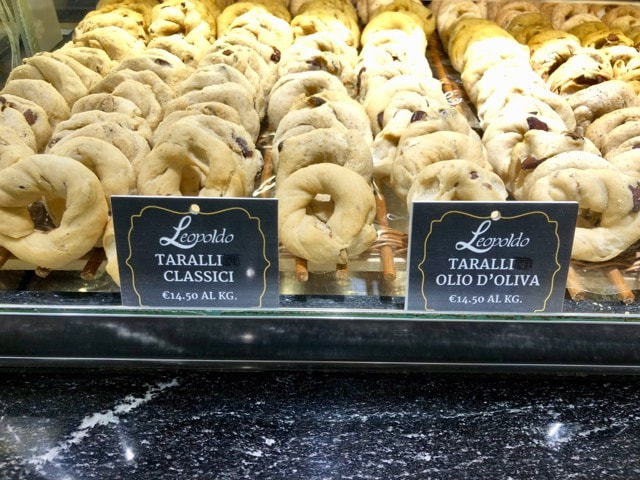
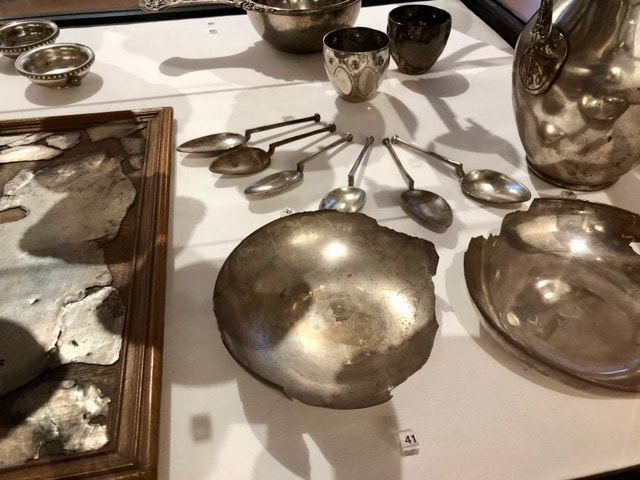
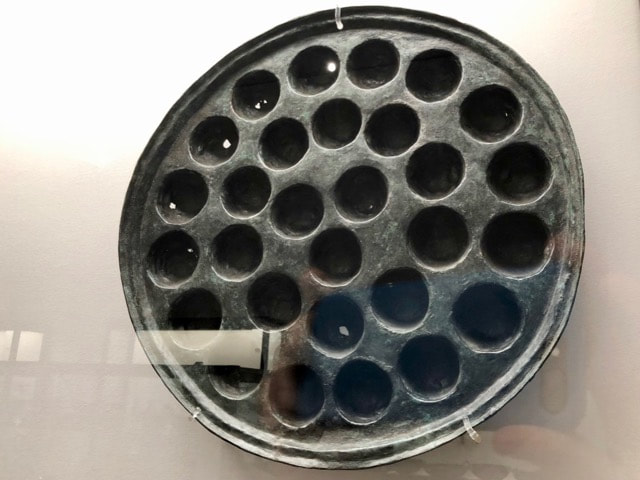
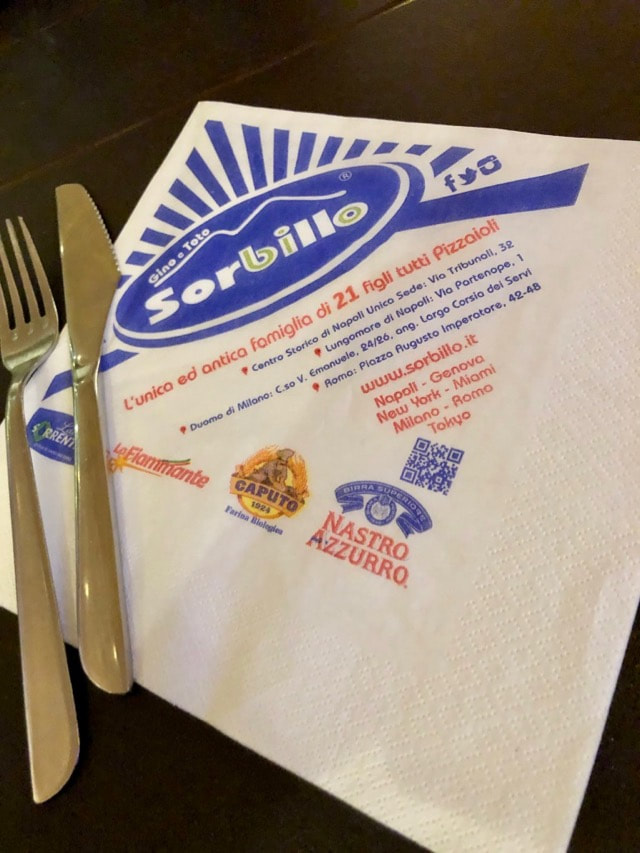

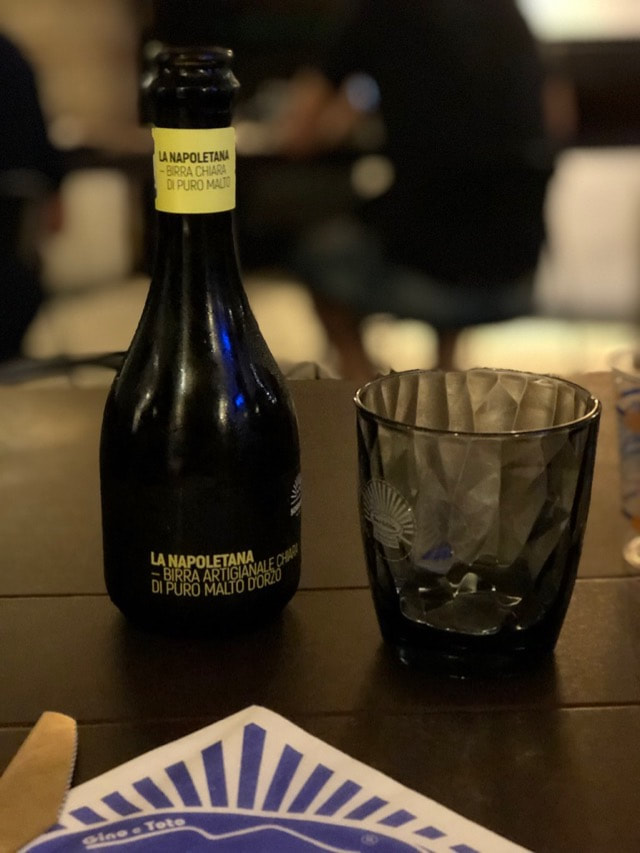
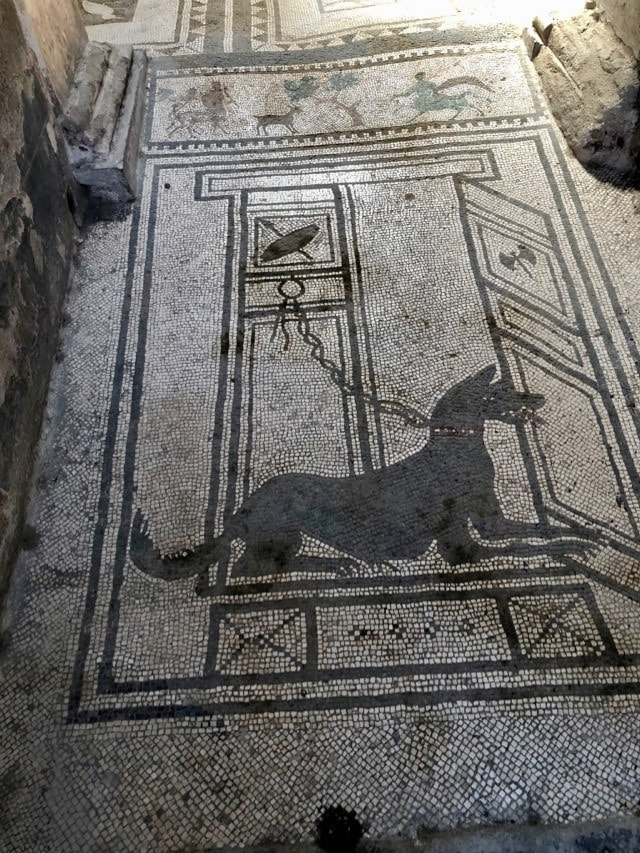
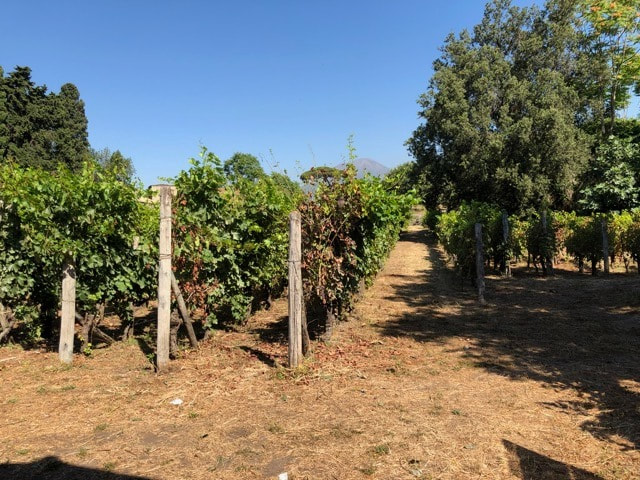
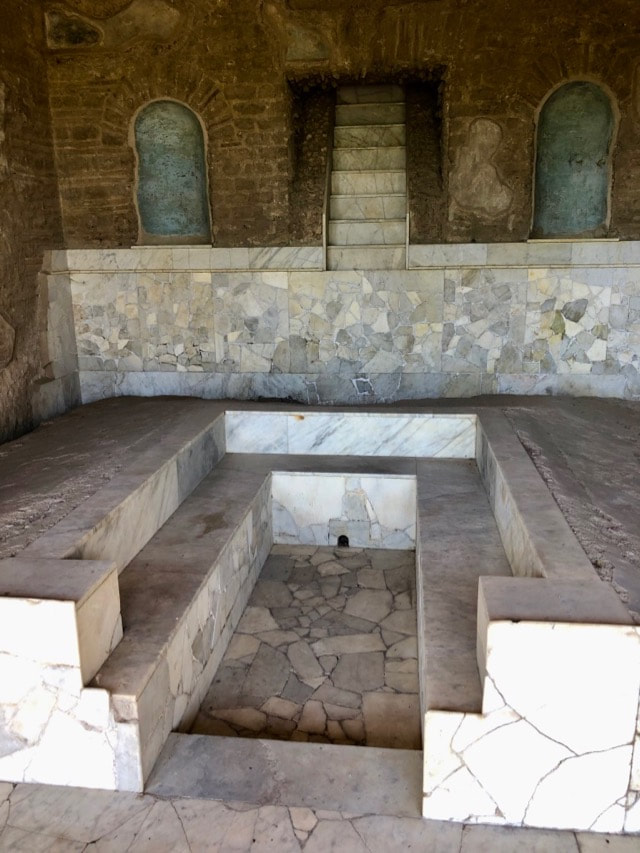


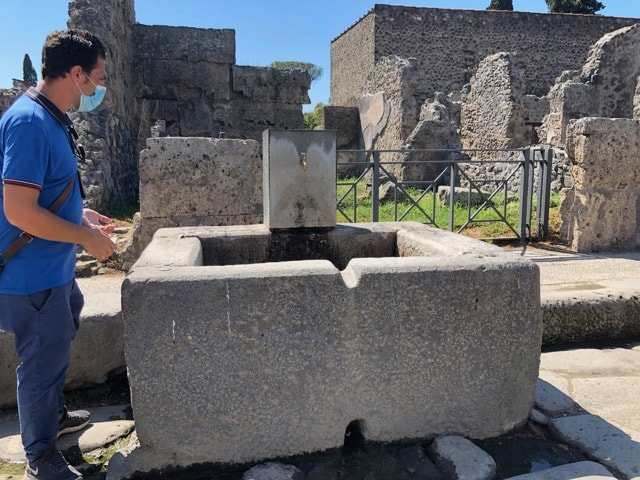

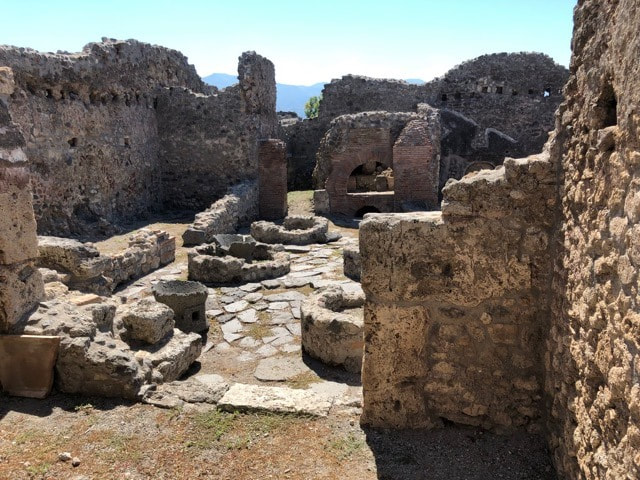
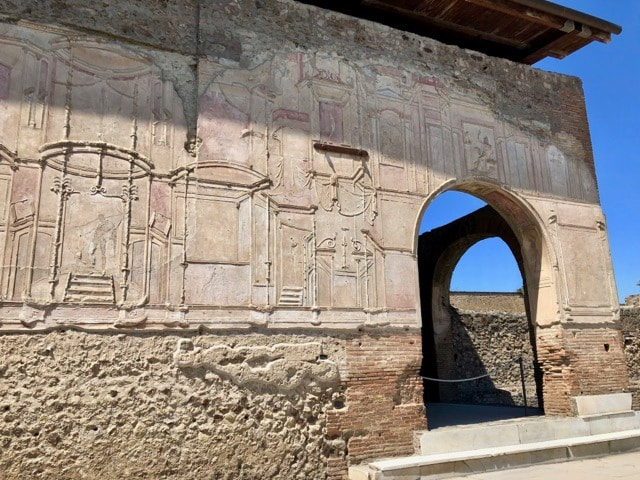

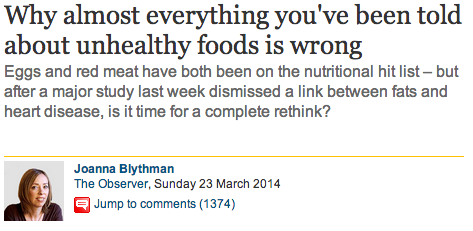
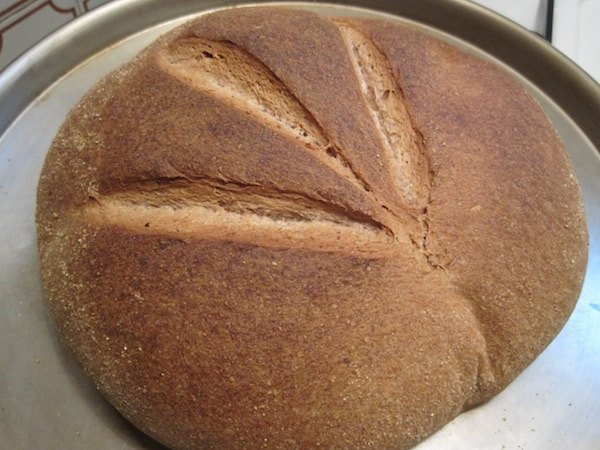
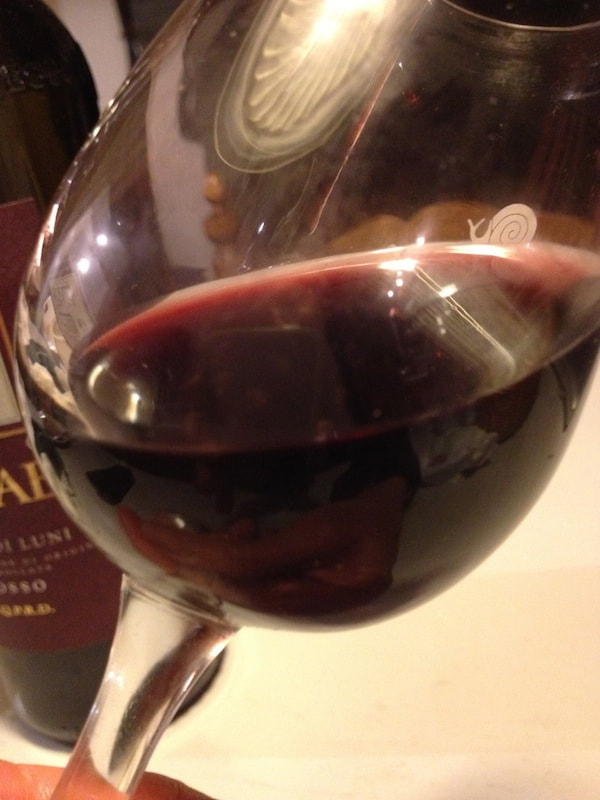
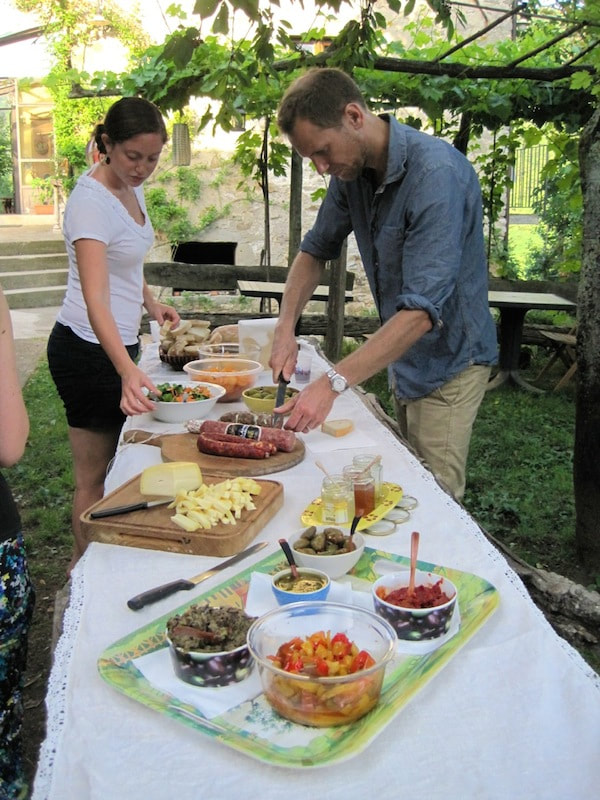
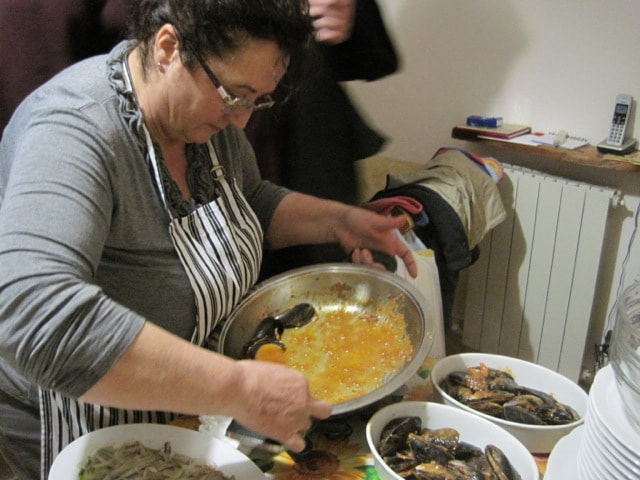
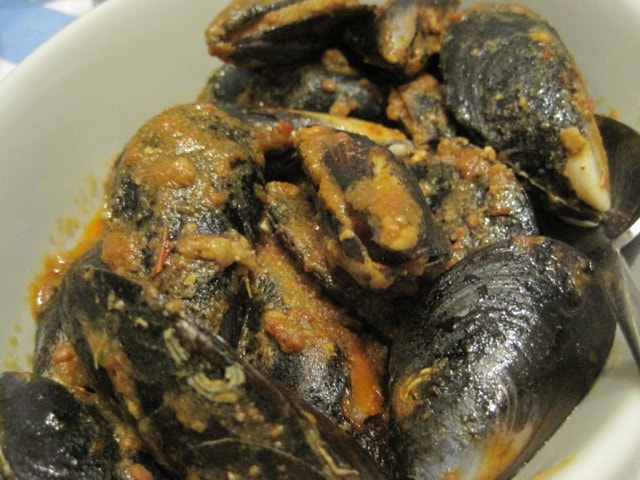
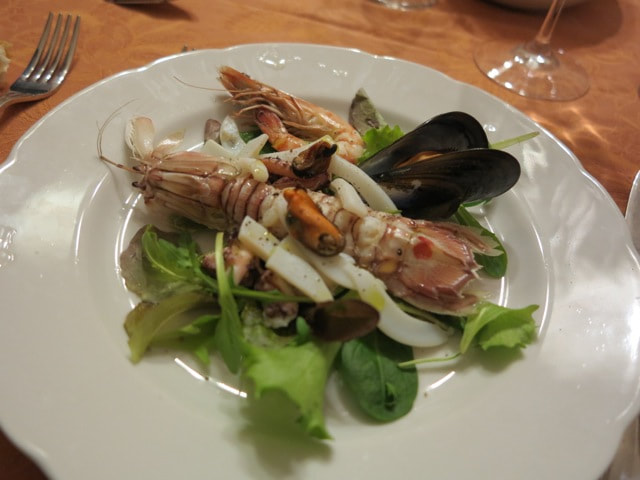
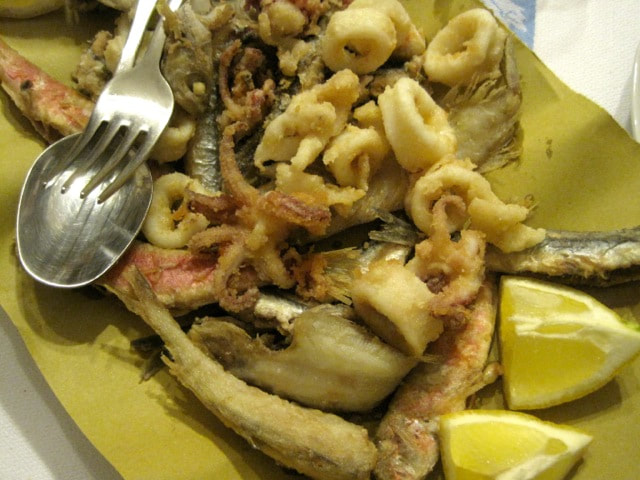
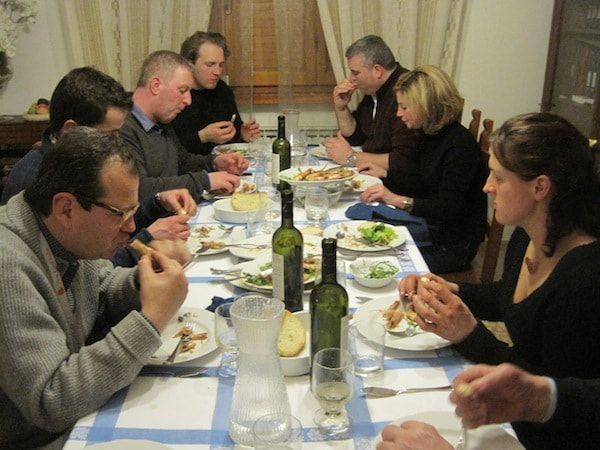
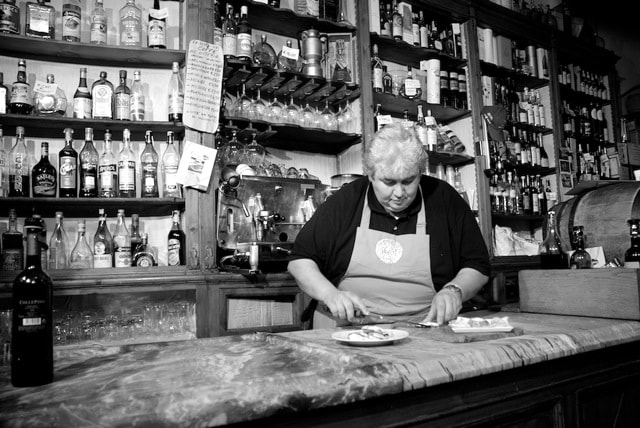
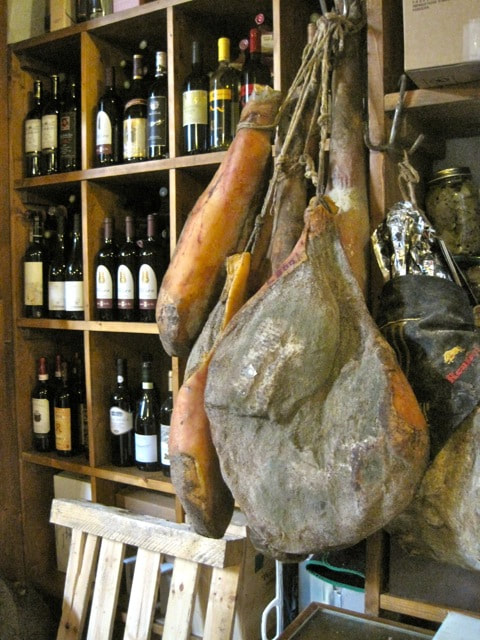
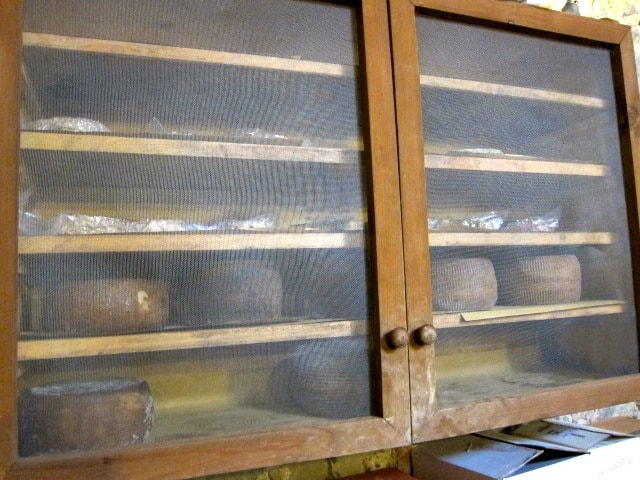

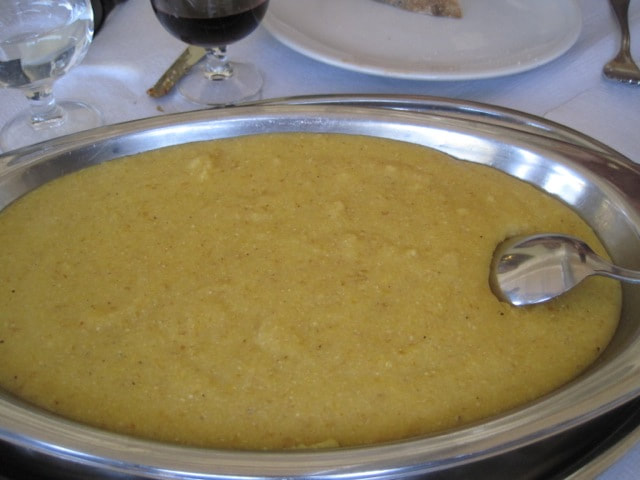
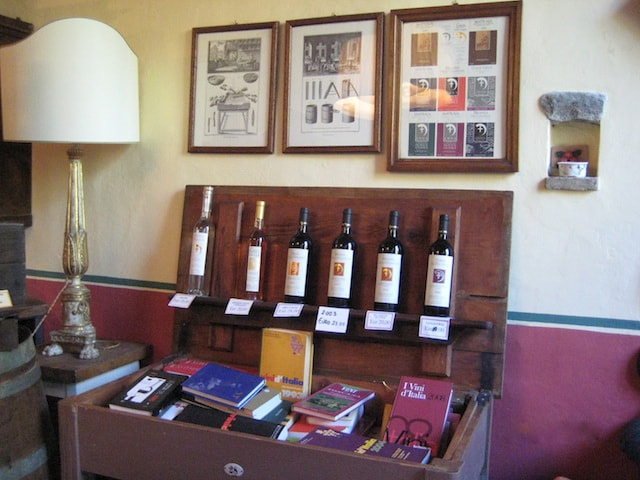
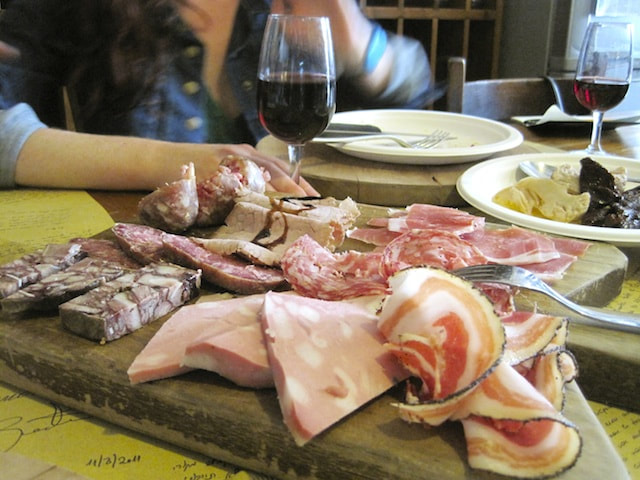
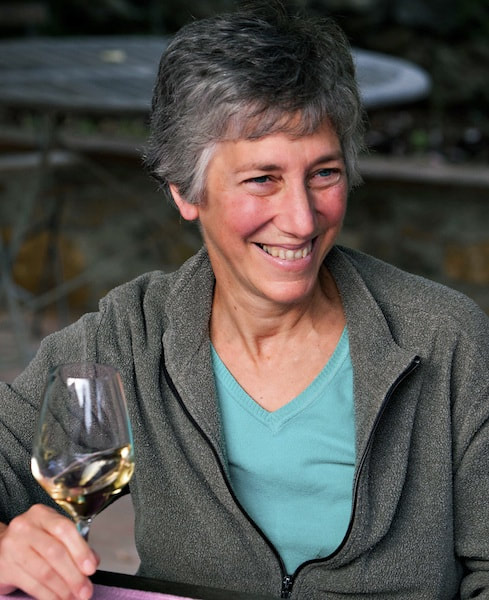
 RSS Feed
RSS Feed



